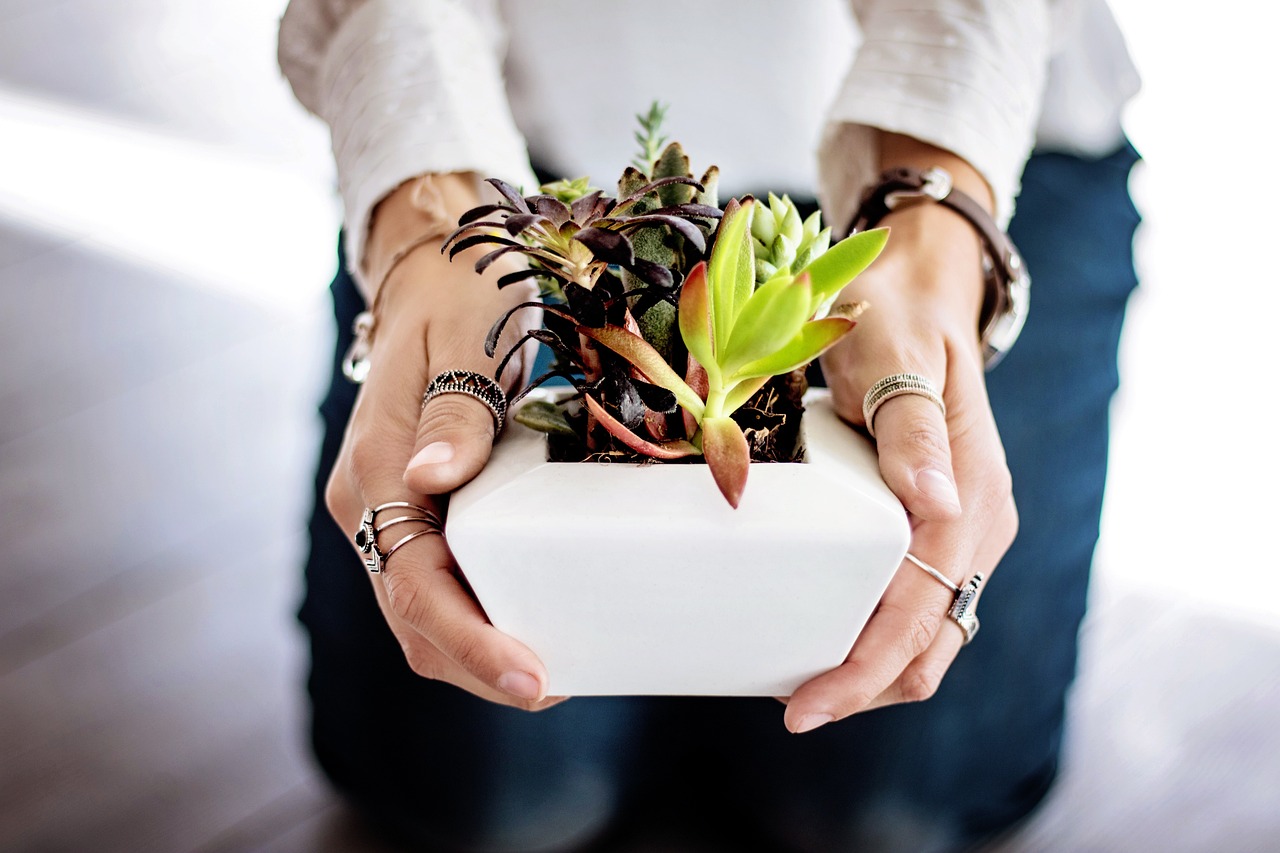If you’re like most people, you probably don’t have a green thumb. Don’t worry, indoor houseplants are easy to take care of if you know what to do. This guide will teach you how to grow healthy indoor plants that will make your home look beautiful.
Find The Right Spot
Interior plants need a lot of sunlight, so it’s essential to put them close to windows. Many indoor gardeners go for Shuttercraft’s cottage inspired design when it comes to shutters, giving them more control over the light during the day. This will help you keep your plants exposed to the Sun.
Look over every window in your home to see which ones are compatible with your plant. You should also consider how much light each window gets during different times of the day. If a certain area in your home doesn’t have any windows, you can grow plants that don’t require as much sunlight such as aloe vera, snake plants, and philodendrons. Another important factor is temperature.
Water Accordingly
Houseplants don’t require too much water, so proper research before buying them is key to a healthy pot. Make sure to learn what kind of watering schedule each type of indoor plant needs. Once you have your new plants, be careful not to overwater them. Too much water can actually kill your plants! Start with less water than you think they need, and increase as needed. Your plants will thank you for it!
It’s not nuclear science, but be careful with watering and your houseplants will thrive. With a little knowledge and research, you can have a green thumb in no time!
Groom The Plants
Houseplants need love and grooming, and they’re your responsibility. Here are the things you need to do:
- prune off any dead leaves or stems. These can harbor pests and diseases that can infect the rest of your plant.
- dust the leaves with a soft cloth or brush. This will help them photosynthesize better and also make them look shiny and healthy.
- check for pests like aphids, mealybugs, scales, whiteflies, and spider mites.
- Give the plant a good drink of water
- Change the soil from time to time. This will help the plant get the nutrients it needs and also prevent pests and diseases from taking hold.
With just a little bit of love and grooming, your houseplants will be healthy and happy, and you’ll be able to enjoy them for years to come.
Fertilize Accordingly
In order to make them grow, fertilize your indoor plants accordingly. The type of fertilizer you use, as well as how often you fertilize, will depend on the plant species. Check the specific requirements for your plants and fertilize them according to those needs.
Some people choose to fertilize their plants every month, while others do it every other week or so. It really depends on your plants and their specific needs. If you fertilize too often, you can actually damage your plants.
If you’re not sure how often to fertilize your plants, ask a professional at your local nursery or gardening store.
Protect From Pests
Pests can ruin your houseplants, so finding the best way to protect them is important. Make sure to find the right pesticide that won’t harm your plants or your health. Research the internet or ask your local nursery for help in order to find what will work best for you and your plants.
Also, be sure to check your plants regularly for pests and act quickly if any are found. The faster you can get rid of them, the better off your plant will be.
Increase Humidity
Houseplants require higher humidity levels so you should find ways to increase it around them. One way to do this is to group your plants together. When you do this, they will help each other increase moisture in the air.
Another way to increase the humidity of your houseplants is to use a pebble tray. This is a shallow dish that you can fill with rocks or pebbles and then add water. The water will evaporate and help to increase the humidity in the air around your plants.
Keep The Foliage Clean
The foliage of your houseplants is the key to keeping them looking healthy and vibrant. Dust and dirt can clog up the pores of the leaves, causing them to turn yellow or brown. Use a soft, damp cloth to gently wipe away any dust or debris from the leaves. Be sure to do this on a regular basis, as it will keep your plants looking their best.
For example, African violets (Saintpaulia) should have their leaves cleaned every month or so. You can use a soft toothbrush or paintbrush to get into the nooks and crannies of the leaves.

Growing indoor plants is a great hobby and will improve your mood and health, so pick the right spot with a lot of sunlight where you’ll make your base. Make sure to water them accordingly and groom the plants regularly. Find the right fertilizer and protect them from pests. They need more humidity so find ways to increase them and make sure to keep the foliage clean at all times!

